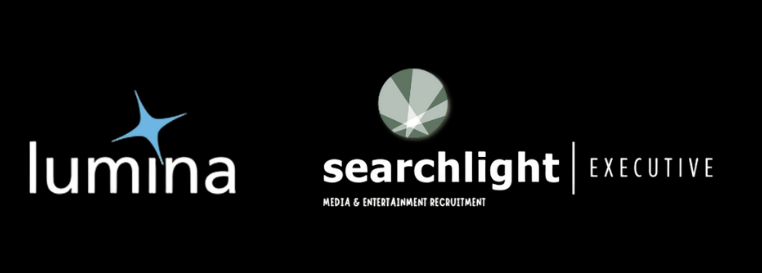Over the past few years, we have seen SVOD taking an increasing market share of worldwide media consumption, attracting the world’s biggest names in the process. Here, Lumina reviews the biggest trends in the SVOD industry and an insight to the stories that will dominate headlines in 2019.
The traditional US SVOD marketplace is becoming saturated and the giants are turning their eyes to Europe to fuel their continued growth. Netflix has focused much of 2018 on developing its userbase outside of the USA, with international subscriptions increasing 40% year-on-year, compared to a 10.7% increase for US subscriptions. The battleground has been drawn up, but multiple factors have impacted this shift in focus, with a key EU regulation stating that at least 30% of a platform’s content library must be produced within European countries. With both Amazon and Netflix acknowledging they have significant work to reach the 30% target, with the latter needing over 3,000 additional hours of European-produced content for their French platform. Research suggests that over the next year, the SVOD services will go on a “commissioning and acquisitions bonanza to bring the catalogs up to the required level” said Guy Bisson, Ampere Research Director. Local commissioning is one of the primary tactics the streamers are focused on to meet quotas, with both giants committing to production hubs across Europe. Netflix has been on a hiring spree for the best talent from broadcasters, hiring the likes of Anne Mensah (formerly Director of Content over at Sky) and Lucy Leveugle (Head of Factual Entertainment at Channel 4) for their London office, while Amazon have been hiring for commissioning positions across their European offices. This content push is great news for producers and distributors in Europe.
The studios and their traditional box office model is shifting. Some are tackling the SVOD services head on – Disney+, plus rumours of a Warner Bros. SVOD in the works, while others are looking to capitalise on the gold rush in content production. At the RTS Convention in 2018, Viacom chief Bob Bakish showcased the corporation’s successful studios business, which is behind hit shows 13 Reasons Why and Jack Ryan on Amazon Prime. However, while its studios business is delivering world hits, Viacom is developing its Direct-to-Consumer division with niche VOD offerings across the world. These specifically-targeted products such as Noggin, a pre-school platform, to Paramount+/Paramount Play in the Nordic and CEE regions, are showcasing Viacom’s content library. Plus, in the last week alone, Viacom announced the acquisition of major AVOD platform PlutoTV in a $340 million deal.
This year, the SVOD market will continue to rapidly grow, taking further viewing time share from linear television, however the cash drain on content will continue to fuel a strong production industry. Netflix has already announce a $1-$2 increase for the US subscribers, however this is unlikely to lead to a sudden wave of membership cancelations as analysts suggest there is further room for price increases to maximise revenue per user metrics. With WarnerMedia and Disney set to launch their own SVOD platforms later this year, plus Apple’s service is quietly gathering pace. In the UK, ITV are actively pursuing a SVOD platform, having hired several senior executives, as it looks to diversify its revenue away from advertising. Plus, the rumours of a cross-broadcaster VOD service (Kangaroo 2) for the UK continues to bubble away, however with broadcasters pumping in $165 million collectively into Freeview Play and a mobile app on the horizon, the UK PSBs already have a platform with all their content in one place.


